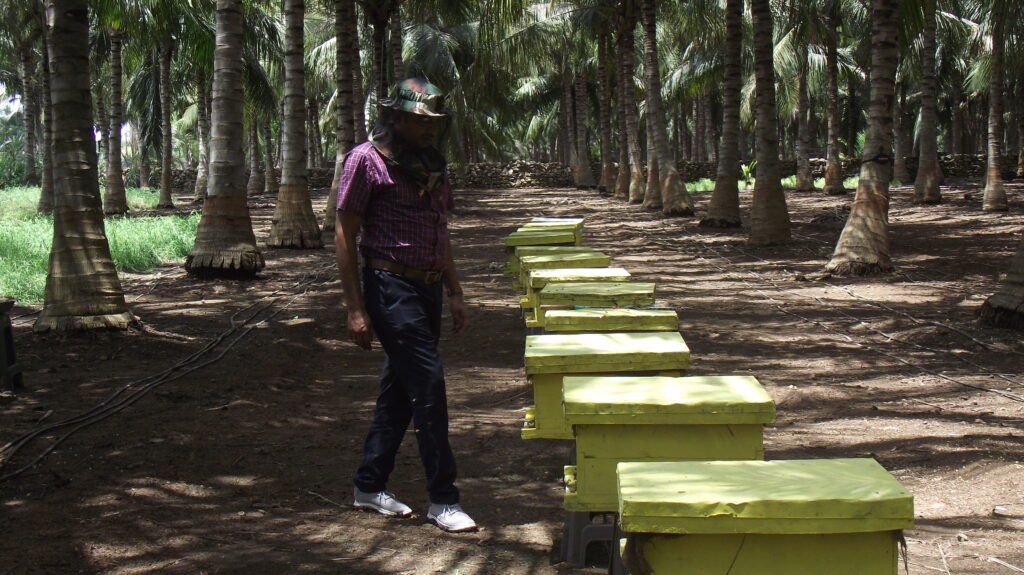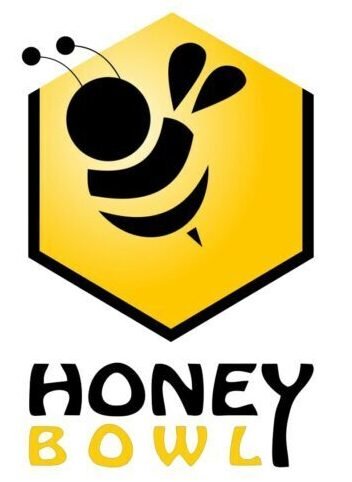



The manufacturing process of beehive boxes involves several steps to transform raw materials into functional components for beekeeping. Here’s an overview of the typical process:
Material Selection: The primary material used for beehive boxes is wood, often pine or cedar due to their durability and resistance to weathering. The wood is sourced from sustainable forests and selected based on quality and suitability for beekeeping equipment.
Cutting and Milling: Once the wood is selected, it is cut into boards of appropriate dimensions for constructing beehive boxes. Precision cutting and milling ensure that the boards are uniform in size and thickness, facilitating assembly and ensuring a proper fit.
Joinery and Assembly: The boards are then processed through joinery techniques such as finger joints or dovetail joints to create interlocking connections for the hive components. Joinery is crucial for ensuring the structural integrity and longevity of the beehive boxes. Automated equipment or skilled craftsmen may perform this step.
Drilling and Fastening: Holes are drilled in the appropriate locations on the boards to accommodate hardware such as screws, nails, or metal frame rests. These fasteners secure the components of the hive together during assembly and use.
Finishing: Once the boxes are assembled, they may undergo finishing processes to enhance durability and weather resistance. This may involve sanding to smooth the surfaces, applying wood sealant or preservatives to protect against moisture and decay, and painting or staining for aesthetic appeal.
Quality Control: Throughout the manufacturing process, quality control measures are implemented to ensure that the beehive boxes meet specifications for size, alignment, and structural integrity. Inspections may include visual checks, measurements, and functional testing.
Packaging and Shipping: Once the beehive boxes pass quality control checks, they are packaged for distribution. Boxes may be stacked and wrapped in protective packaging to prevent damage during transit. They are then shipped to retailers, wholesalers, or directly to beekeepers.
Customer Assembly: Upon receiving the beehive boxes, beekeepers typically assemble them into complete hives by stacking the boxes and installing frames, foundation sheets, and other hive components as needed for colony management.
The manufacturing process of beehive boxes requires attention to detail, precision, and quality craftsmanship to produce durable and functional equipment for beekeeping. Beehive box manufacturers play a vital role in supporting beekeepers and the honeybee industry by providing essential supplies for hive management and honey production.


Honey production involves several key steps, from collecting nectar to packaging the final product. Here’s an overview of the honey production process:
Foraging for Nectar: Honeybees forage for nectar from flowering plants within their foraging range, which can extend several miles from the hive. They collect nectar using their long, tube-shaped tongues and store it in their honey stomachs.
Returning to the Hive: Once a forager bee has gathered nectar, it returns to the hive and regurgitates the nectar into the mouth of a house bee. House bees then transfer the nectar among themselves, adding enzymes to break down complex sugars into simpler sugars.
Honeycomb Production: Worker bees build beeswax comb cells within the hive to store honey, pollen, and to raise brood. The beeswax is secreted by glands on the abdomens of worker bees and molded into hexagonal cells using their mandibles.
Filling the Comb: House bees deposit the partially digested nectar into the beeswax comb cells. They then fan their wings to evaporate moisture from the nectar, reducing its water content to around 17-20%, which is necessary for long-term storage.
Capping the Honey: Once the moisture content of the honey is sufficiently reduced, worker bees cap the cells with beeswax to seal them off from the environment.
Honey Harvesting: Beekeepers harvest honey by removing frames of capped honeycomb from the beehive. They may use various methods to extract honey from the comb, including centrifugal extraction, crushing and straining, or leaving the honeycomb intact as comb honey.
Filtering and Processing: After extraction, the honey may be filtered to remove any remaining debris, such as beeswax particles or bee parts. Some beekeepers prefer raw, unfiltered honey for its natural qualities, while others may prefer to filter it for a clearer appearance.
Packaging and Storage: Once filtered, the honey is ready for packaging. It is typically stored in clean, food-grade containers such as jars, bottles, or squeeze bears. Properly stored honey has a long shelf life and does not require refrigeration.
Marketing and Distribution: Beekeepers may sell their honey directly to consumers at farmers’ markets, through online platforms, or to retailers such as grocery stores and specialty shops. Some beekeepers also distribute their honey to wholesalers or sell it to food manufacturers for use in various products.
Throughout the honey production process, it’s essential for beekeepers to practice good hive management, ensure the health and well-being of their honeybee colonies, and adhere to food safety regulations to produce high-quality honey. Honey production is not only a valuable economic activity but also plays a crucial role in pollination and ecosystem health.
